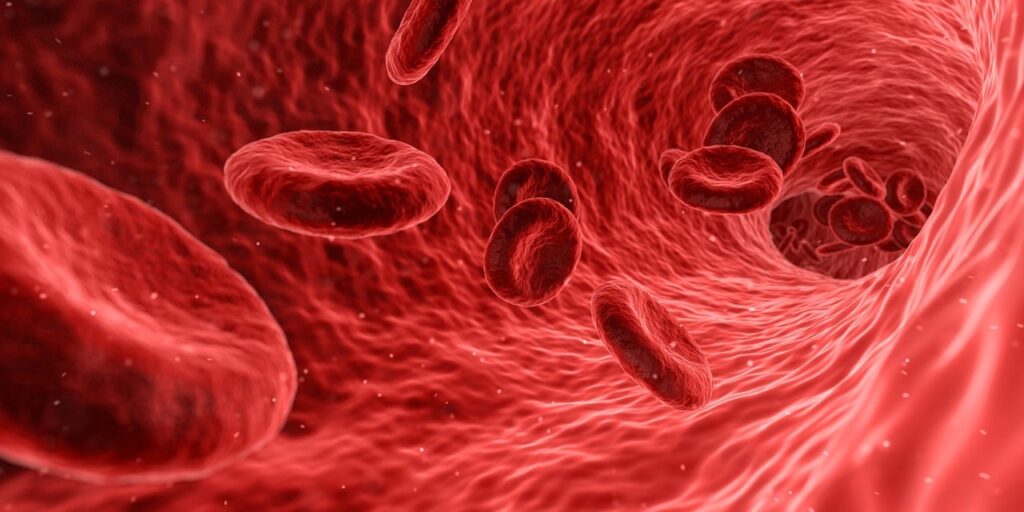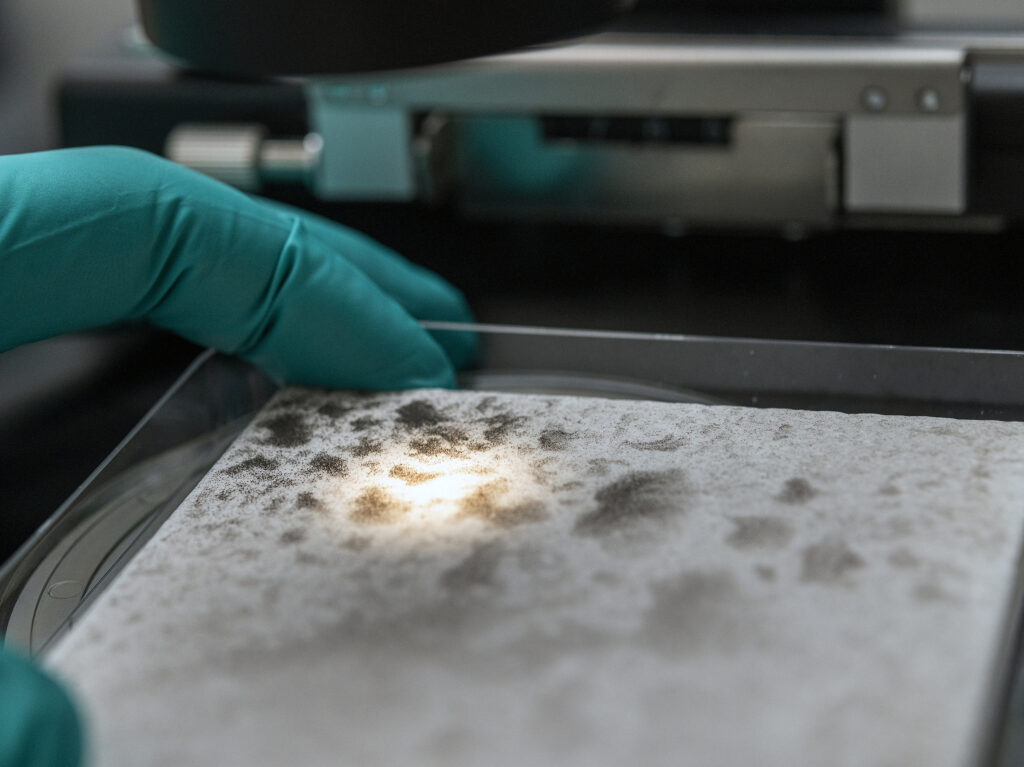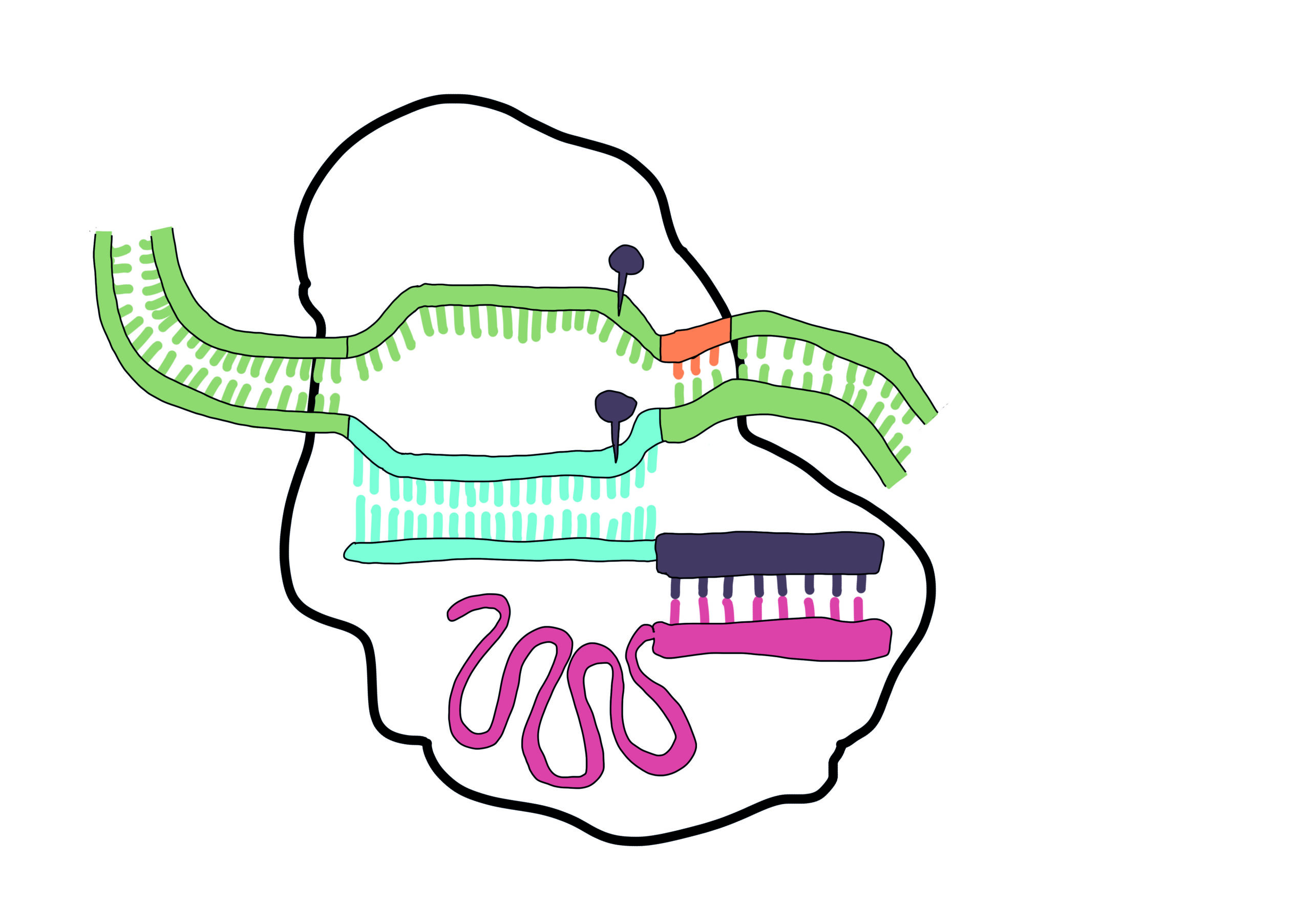As a first teaser, we have translated three articles from the BiuZ (Biologie in unserer Zeit) special issue on CRISPR-Cas to Bahasa Indonesia.
I believe that this topic is not yet sufficiently covered in Indonesia and were very happy that Anindya Kayla Eral and Muhammad Al Dhafa Darren Jawda volunteered to translate the first three articles from German. I am aware that faculty and students speak quite good English but to have the papers in your mother tongue may lower the barriers to really read it!
We are currently working on English translations for some of the papers. These will be published later on the original journal website (www.biuz.de) in parallel to the German version. Give us some feedback (info@biowisskomm.de) if you would like more papers in Bahasa Indonesia or if English versions are sufficient.
The special issue contains 20 articles on CRISPR-Cas, covering basic science, method development, applications in agriculture and medicine, bioethics and suggestions for teaching in lab courses.
Publication of the journal was made possible by funding of the German Research Foundation (DFG) to BioWissKomm. We are also greatful to the German Biologists Association VBIO to make their journal available for this project, to provide expert editorial support and to give the permission to publish the Indonesian versions on the BioWissKomm website.
How CRISPR-Cas provides the cure of sickle cell anemia.
This article describes the most impressive breakthrough in medicine: the permanent cure of heritable sickle cell anemia by gene modification with CRISPR-Cas.

(for unknown reasons, this article does not show the cover – just click on „Herunterladen“ and you’ll get the article)
CRISPR-Cas9 in material science
This article describes the laborious way from basic science to potential applications of rock-colonizing fungi. These may be beneficial to engineer protective biofilms on buildings or detrimental when they damage material or e.g. art work. In both cases genetic modifications could enhance or decrease the interaction of the fungi with their substrate.

CRISPR-Cas in Actinomycetes
Actinomycetes produce many bioactive substances that have become valuable for medicine and industry. To understand the CRISPR-Cas systems of these bacteria is important to improve production of these substances and to potentially protect production strains from virus infection.
The article shows that almost every new bacterium brings new surprises (and new questions) when you investigate its CRISPR-Cas systems – and potential new applications.
Author: Wolfgang Nellen

